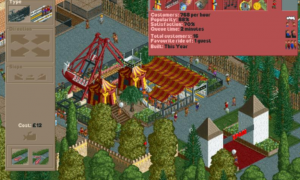

NBER International Seminar on Macroeconomics, University of Chicago Press, vol. " Globalization, the Business Cycle, and Macroeconomic Monitoring," " China's Emergence in the World Economy and Business Cycles in Latin America,"ĥ889, Institute of Labor Economics (IZA). Hashem & Rebucci, Alessandro & Xu, TengTeng, 2011. & Xu, T., 2011.ġ150, Faculty of Economics, University of Cambridge. Hashem Pesaran & Alessandro Rebucci & TengTeng Xu, 2012. " China’s Emergence in the World Economy and Business Cycles in Latin America,"Ĥ732, Inter-American Development Bank, Research Department. Hashem Pesaran & Alessandro Rebucci & TengTeng Xu, 2011. Yet, sometimes, positive commodity price shocks have also cushioned other negative domestic shocks, particularly during the fast recovery from the world financial crisis. A further amplification mechanism is a “spillover” effect from commodity prices to interest rates. The model also performs well when accounting for other business cycle facts. When estimated with EMEs data, the model gives to commodity shocks, mostly in the form of perturbations to their common factor, a paramount role when accounting for aggregate dynamics: more than a third of the variance of real output across the EMEs considered is associated to commodity price shocks. Commodity prices follow a common dynamic factor structure in the model. Guided by these stylized facts, we embed a commodity sector into a dynamic, stochastic, multi-country business cycle model of EMEs where exogenous fluctuations in commodity prices coexist with other driving forces. First, we document that commodity prices exhibit strong comovement with other macro variables along the business cycle of these economies and that a common factor accounts for most of the time series dynamics of these commodity prices.

We explore the hypothesis that fluctuations in commodity prices are an important driver of business cycles in small emerging market economies (EMEs).


 0 kommentar(er)
0 kommentar(er)
